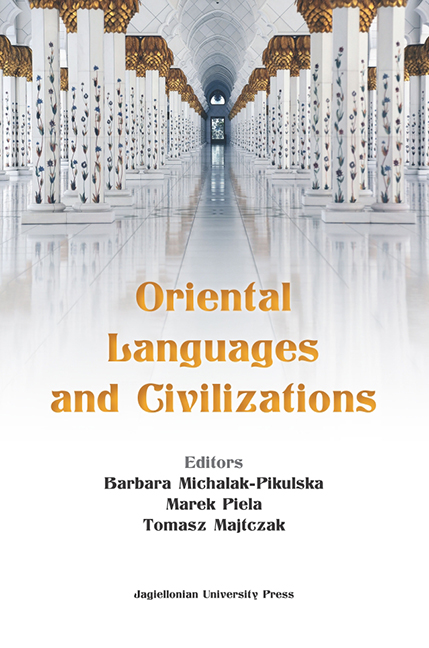Representation of women in early republic eraTurkish novels
Published online by Cambridge University Press: 06 November 2021
Summary
Abstract
The representation of women in Turkish novels isclosely connected to the perceptions ofmodernization. The way novelists portray women is areflection of their attitudes towards modernization,such as confirmation, doubt, hesitation or protest.Kemalism is the biggest modernist movement in Turkeyand is the formal ideology of the newborn state. Yetwe see that even the innovators of the time stillhave a long way to go when it comes to women andgender roles. In the novels, women are portrayed asshallow and incapable of logical reasoning or idealcitizens and mothers to the future generations. Theyare idealized, objectified or ridiculed. Theseportrayals hint the motivations of the authors. Inmost cases, the author is disturbed by women'sparticipation in public space and the shift oftraditional gender roles so they end up creatingtravesties of morally depraved women to demonizewomen's emancipation. In this paper, different typesof portrayals are analyzed in some of the mostpopular novels of the era.
Keywords: Turkish novel, modernization, gender roles,representation of women, sexism
The representation of women in novels is closelyconnected to the perceptions of modernization. Therising visibility of women in public was one of thesymbols of the newborn regime and a departure fromthe past. The way novelists portray women is in manyways a reflection of their attitudes towardsmodernization, such as confirmation, doubt,hesitation or protest.
The novel is relatively a new genre to Turkishliterature. After the announcement of TanzimatEdict, a new era begins for the empire in terms ofthe social, legal, political and culturalenvironments. With the Westernization andmodernization of the culture, new genres areintroduced. Newspapers are published, plays arewritten and performed, novels are translated, newforms in poetry are introduced. The first Turkishnovel is considered to be Taaşşuk-ı Talat ve Fitnat by ŞemsettinSami in 1872.
Novelists face many challenges during this era, as thereconciliation of social life and novel genre is noteasy, mainly because of the absence of women insocial life. The difficulty of representing womenwithout provoking a social reaction is one of thebiggest challenges. To overcome these difficulties,female characters are odalisques and slaves ornon-Muslim minorities.
- Type
- Chapter
- Information
- Oriental Languages and Civilizations , pp. 37 - 46Publisher: Jagiellonian University PressPrint publication year: 2022

